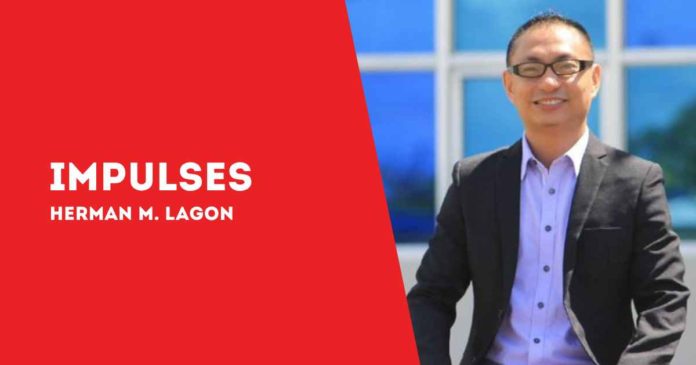
BY HERMAN M. LAGON
EQUALITY and equity are as important as the ABCs in life’s classroom. They are easily confusing, but understanding their differences can change education, healthcare, and social justice. Equity ensures everyone has a fair chance to succeed by tailoring resources to individual needs, unlike equality.
Imagine giving all class members the same textbook, regardless of reading level or learning style. It’s equal. Equity recognizes that one student may need an audiobook, another a simplified version, and another tutoring. Equity addresses individual needs and circumstances to level the playing field.
Know your students to create an equitable environment. This requires researching their backgrounds, interests, and challenges. Suppose a teacher learns that a first-generation student struggles with English syntax. Instead of frustration, she sees customized support. Recognizing each student’s story fosters trust and personalized instruction.
Practically, equity requires flexibility. Standardized education can leave many students behind. A high school teacher notices a student’s run-on sentences during a writing exercise. She tailors her instruction to each student’s needs rather than following the curriculum. Equity depends on teaching method flexibility.
Equity also requires a supportive environment that views failure as a learning experience. Students must know that struggling is okay and that they will be supported. Students take more risks and engage more in learning when they feel safe failing.
Three children of different heights watching a baseball game over a fence illustrates equity vs. equality. Equally, all children stand on the same box. The shortest can’t see. Equity offers different-height boxes so all three can watch the game. The lesson? The same resources do not guarantee the same results.
Every student gets a tablet in a tech-savvy classroom — equal, right? Not quite. One dyslexic student prefers a text-to-speech tablet, while another visually impaired person needs a larger-text device. Equity means adapting tools to meet these needs so that all students can learn.
Consider vaccination in a diverse city. Equal means opening clinics in affluent areas and expecting everyone to travel. Equity acknowledges that underserved neighborhoods may lack transportation. Mobile clinics and local health centers provide vaccines to everyone, not just travelers.
Workplace equality means giving everyone the same desk and chair. However, an equitable approach provides ergonomic chairs for back sufferers and adjustable desks for standers. This personalized attention boosts employee performance.
Public transportation often contrasts equality and equity. Equality means giving every route the same number of buses. Equity analyses usage patterns and adds buses to high-demand routes in underserved areas to ensure everyone gets there quickly.
Learning each student’s story tailors education. We can see diversity as a resource rather than a problem. Integrating a student’s cultural background into lessons makes content more relatable and engaging. It promotes equity and enhances learning for all students.
Equity requires a “warm demander”. This means setting high standards and supporting students in meeting them. I believe in every student’s potential and want to help them reach it, regardless of their starting point.
Equity needs ongoing evaluation and adjustment. Teachers must monitor student progress and struggles. Instead of standardized tests, this may involve regular check-ins, flexible groupings, and differentiated instruction based on real-time data.
Normalizing and celebrating failure — as a formative space — in the classroom can boost student engagement and resilience. We may encourage students to share and learn from their struggles to develop a growth mindset for lifelong learning.
A student’s cultural identity can be lost if ignored. Equity requires understanding and valuing these identities to enhance education. The curriculum may include culturally relevant materials and perspectives.
Getting to know each student, setting high but achievable expectations, and being flexible in teaching can help educators achieve equity. Understanding that every student’s path to success is unique is crucial.
Equity is complex, but the rewards are great. By shifting from equality to equity, we can give every student a chance to succeed. More than fairness, it is about social justice and ensuring everyone’s well-being and success.
***
Doc H fondly describes himself as a ”student of and for life” who, like many others, aspires to a life-giving and why-driven world grounded in social justice and the pursuit of happiness. His views do not necessarily reflect those of the institutions he is employed or connected with./PN



